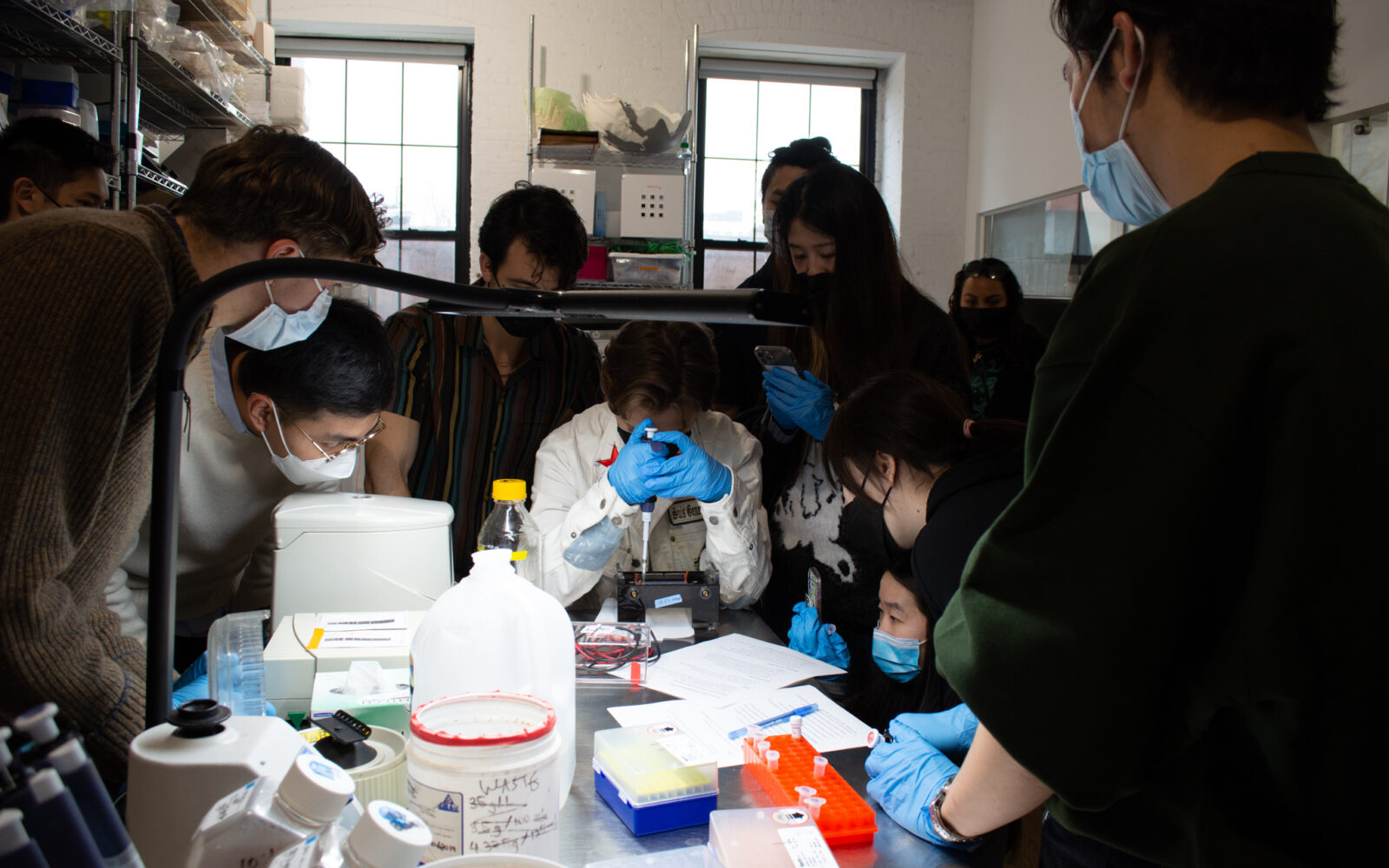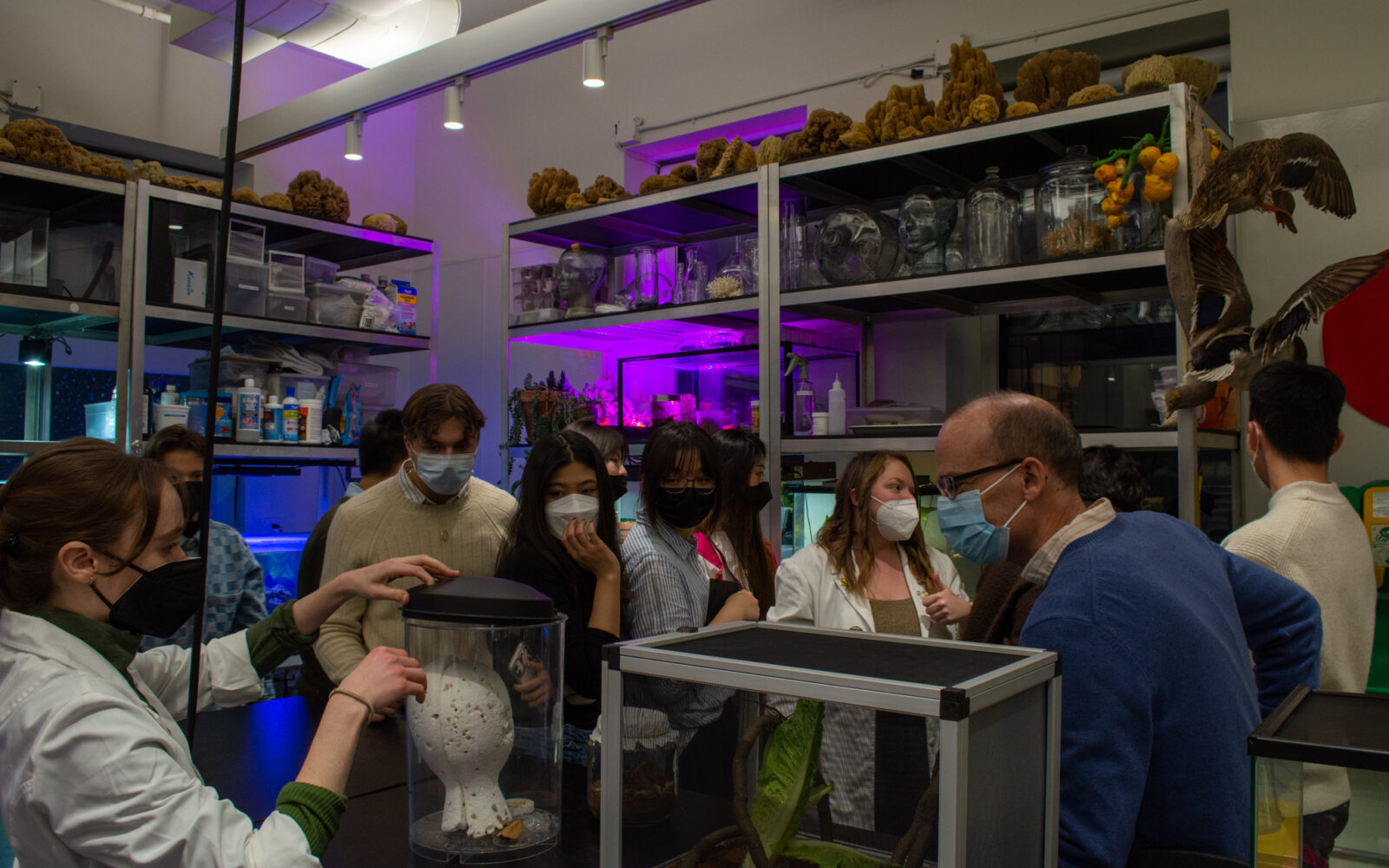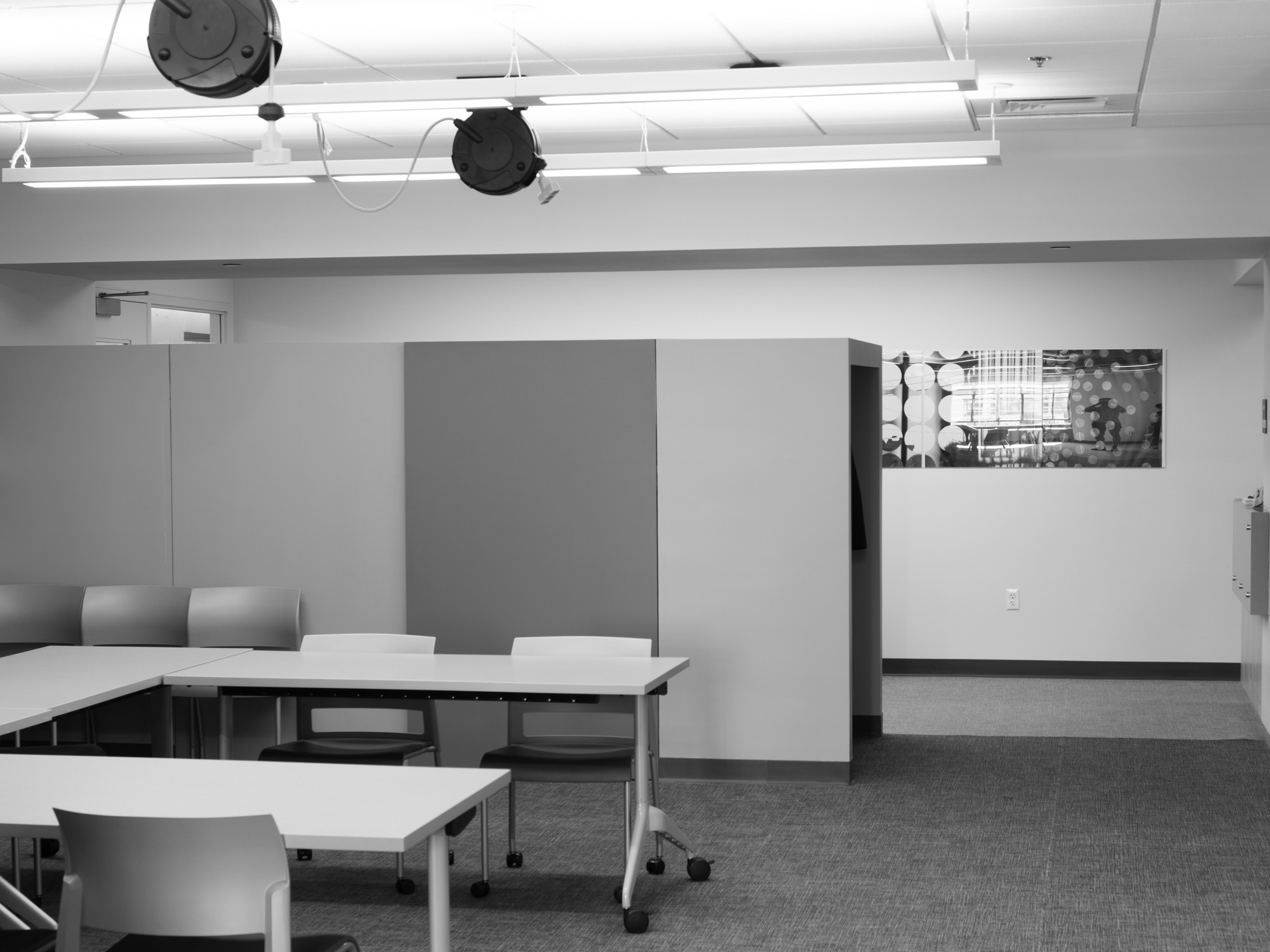What
ProgramsWhere
When
Winter 2025
Course Dates: Jan 5, 2025 — Jan 25, 2025
Who
Open to RISD students, Brown University studentsMinimum 2.5 GPA required. Open to first year students with approval from the Dean of EFS.
At RISD, the biodesign studies that we have undertaken have supported RISD’s strategic plan, by introducing new ways of making and knowing, by engaging sustainability, and by pursuing opportunities that contribute positively to the diverse peoples of this planet. But RISD is not a hub for the study and practice of biodesign. Therefore, this travel course provided the students with an opportunity to learn about biodesign, and create meaningful contributions to the study and practice of biodesign, by directly engaging pertinent issues and projects with some of its global pioneers and influencers in New York City.
Course Dates: Jan 5, 2025 — Jan 25, 2025
Minimum 2.5 GPA required. Open to first year students with approval from the Dean of EFS.
Includes accommodation, some group meals, field trips, museum entrances, health and travel insurance. Transportation to NYC is not included.



In many ways, biodesign presents a whole new paradigm for our Age. It’s design with biology. It transcends the limits of biomimicry, seeking to capture not only the variety of ways in which the natural world can inform projects, but it also promotes an understanding of the principles and processes that result in the myriad materials, forms, patterns, and relationships we see in the living world. The products and outcomes of biodesign feature ways of making that parallel nature’s strategies for yielding design and material solutions, and systems of production and engagement, that work with the natural world to promote conditions that are conducive to life on this diverse planet.
As such, biodesign involves an approach to design and production that replaces conventional mechanized systems of industry with biological processes. Its design tenets are biological principles that are observable in nature. Things grow and evolve, so its products are not thought of as ends in themselves; they’re part of a system, an ecology that design hopefully enhances. Therefore, biodesign projects are often complex, taking many factors into consideration, and are usually the result of a collaborative process that involves many specialists and generalists from a variety of fields, including artists and designers.
At RISD, the biodesign studies that we have undertaken have supported our strategic plan: by introducing our students to new, collaborative ways of making and knowing; by engaging sustainability through a variety of means that can help decarbonize and detoxify our communities; and, by pursuing accessible projects, resources, and opportunities that can contribute positively to diverse peoples, and our planet. But RISD is not a hub for the study and practice of biodesign. Fortunately, just down the tracks, there’s a global center where biodesign has been flourishing for many years: New York City. Therefore, located in NYC, this Wintersession Travel Course provided students with an opportunity to learn about biodesign, and create meaningful contributions to the study and practice of biodesign, by directly engaging a selection of topics and projects with some of its pioneers and influencers.
The Wintersession Travel Course 2026 application is now closed.
View detailsThe entire application process will be completed using an online application portal. You will be able to upload, request and submit all required documents there. Apply to a Wintersession Travel Course
If you are a RISD or Brown University student with a GPA of 2.5 and up, you are eligible to apply. Permission of the instructor is required and is based upon application and selection.
RISD reserves the right to cancel a course due to under-enrollment or for reasons related to health and safety.
Requesting to withdraw from a RISD global learning program, including Wintersession Travel Courses, prior to the start of the course is highly discouraged and requires a formal process outlined in the RISD course withdrawal policy.
The Wintersession Travel Course 2026 application is now closed.
View details
Have questions? The RISD Global team is available to meet for a 1:1 advising session. We can give you more information about your study options, help you figure out which program makes sense for you, and assist you with the application process.
Schedule an AppointmentNo upcoming events for this program at this time.
No announcements for this program.